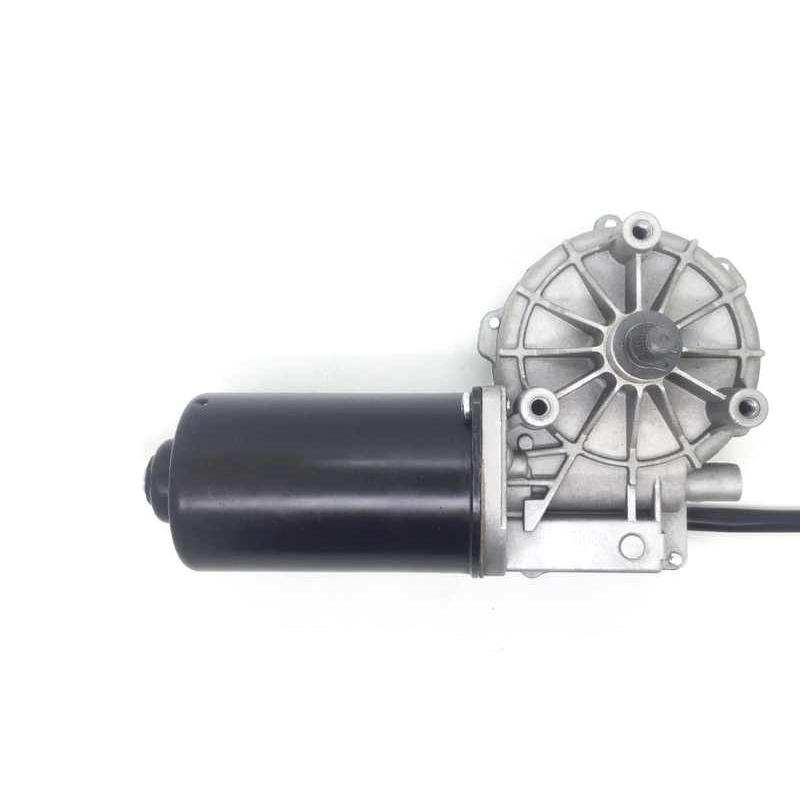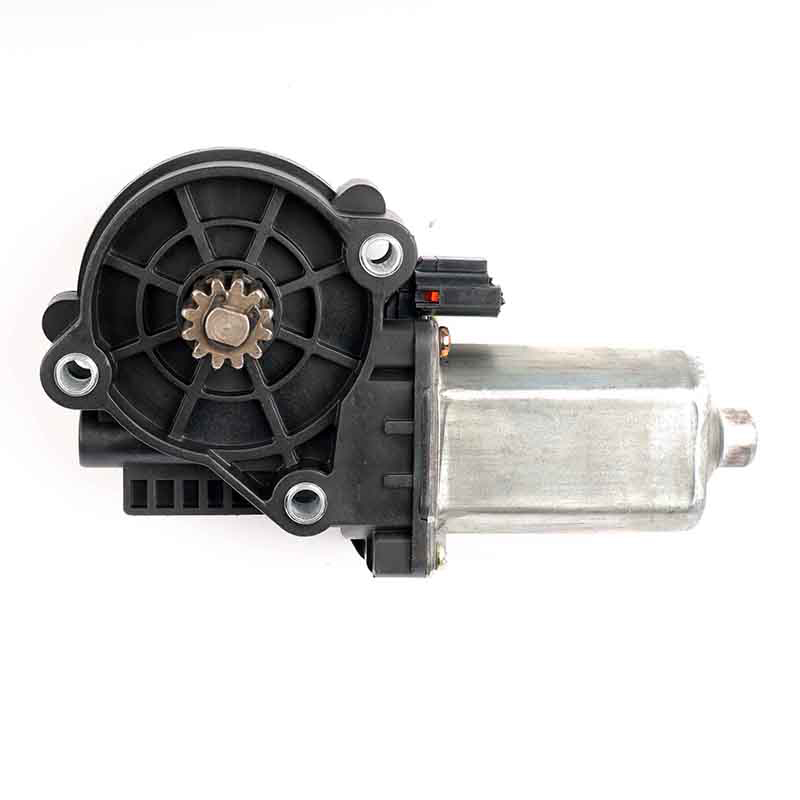 +86-0577-66009580
+86-0577-66009580
 juntmotor@126.com
juntmotor@126.com

In precision applications, achieving good torque and efficiency is essential for ensuring smooth and reliable operations. One of effective solutions for improving both performance and durability in industrial and commercial settings is the helical gearmotor. Known for its outstanding torque transmission and energy efficiency, the helical gearmotor is widely used in automation systems, robotics, medical devices, and manufacturing equipment. Additionally, when integrated with a 12V DC gear reduction motor or a DC reduction motor, this technology further enhances performance by providing controlled speed and high torque output.
Understanding the Benefits of a Helical Gearmotor
A helical gearmotor is designed with angled teeth that engage gradually, ensuring smoother power transmission compared to standard spur gears. This design significantly reduces noise, minimizes wear, and improves efficiency. Industries that require precise motion control, such as medical robotics and automated machinery, rely on helical gearmotors for their ability to maintain consistent performance under varying loads.
When combined with a 12V DC gear reduction motor, a helical gearmotor allows for fine-tuned control over speed and torque, making it ideal for applications requiring gradual acceleration and deceleration. Unlike conventional motors, a DC reduction motor integrated with a helical gear system prevents sudden power surges and ensures stable operation.
How a Helical Gearmotor Enhances Torque
One of the primary reasons industries choose a helical gearmotor is its ability to improve torque without increasing motor size. By using helical gears, the system transfers energy more efficiently, allowing for greater output with minimal energy loss.
For example, in medical equipment that requires precise movements, a 12V DC gear reduction motor combined with a helical gearmotor provides controlled torque without overheating or excessive wear. Similarly, in industrial conveyors and automated systems, the use of a DC reduction motor enhances the ability to move heavy loads with reduced strain on the motor.
Energy Efficiency in Precision Applications
Energy efficiency is a critical factor in applications requiring continuous operation. A helical gearmotor ensures minimal power loss by reducing friction and optimizing gear engagement. This efficiency is further improved when used with a DC reduction motor, which regulates speed and reduces unnecessary energy consumption.
Many automated systems, such as robotic arms and CNC machines, benefit from the combination of a helical gearmotor and a 12V DC gear reduction motor because it reduces energy waste while maintaining high performance. This setup is especially useful in battery-powered applications, where extending operational life is a priority.
Durability and Longevity of Helical Gearmotors
In demanding environments, reliability is just as important as efficiency. A helical gearmotor is designed to handle continuous loads with minimal maintenance, thanks to its robust construction. When paired with a 12V DC gear reduction motor, it provides a long-lasting solution that resists wear and tear.
Industries such as packaging, logistics, and automation frequently use DC reduction motors with helical gearing to ensure uninterrupted operation. The gradual meshing of helical gears reduces impact forces, cause longer service life compared to traditional gear systems.
Versatility Across Multiple Industries
A helical gearmotor is highly adaptable and can be used in a variety of applications, from small precision instruments to large industrial machinery. In battery-powered devices, a 12V DC gear reduction motor ensures compact, energy-efficient performance, while in larger systems, a DC reduction motor with helical gears provides the torque needed for heavy-duty operations.
For example, in automated warehouse systems, helical gearmotors help power conveyor belts efficiently, reducing energy waste and maintenance costs. In medical applications, they allow for quiet and precise movements, enhancing the performance of diagnostic machines and robotic surgical devices.

